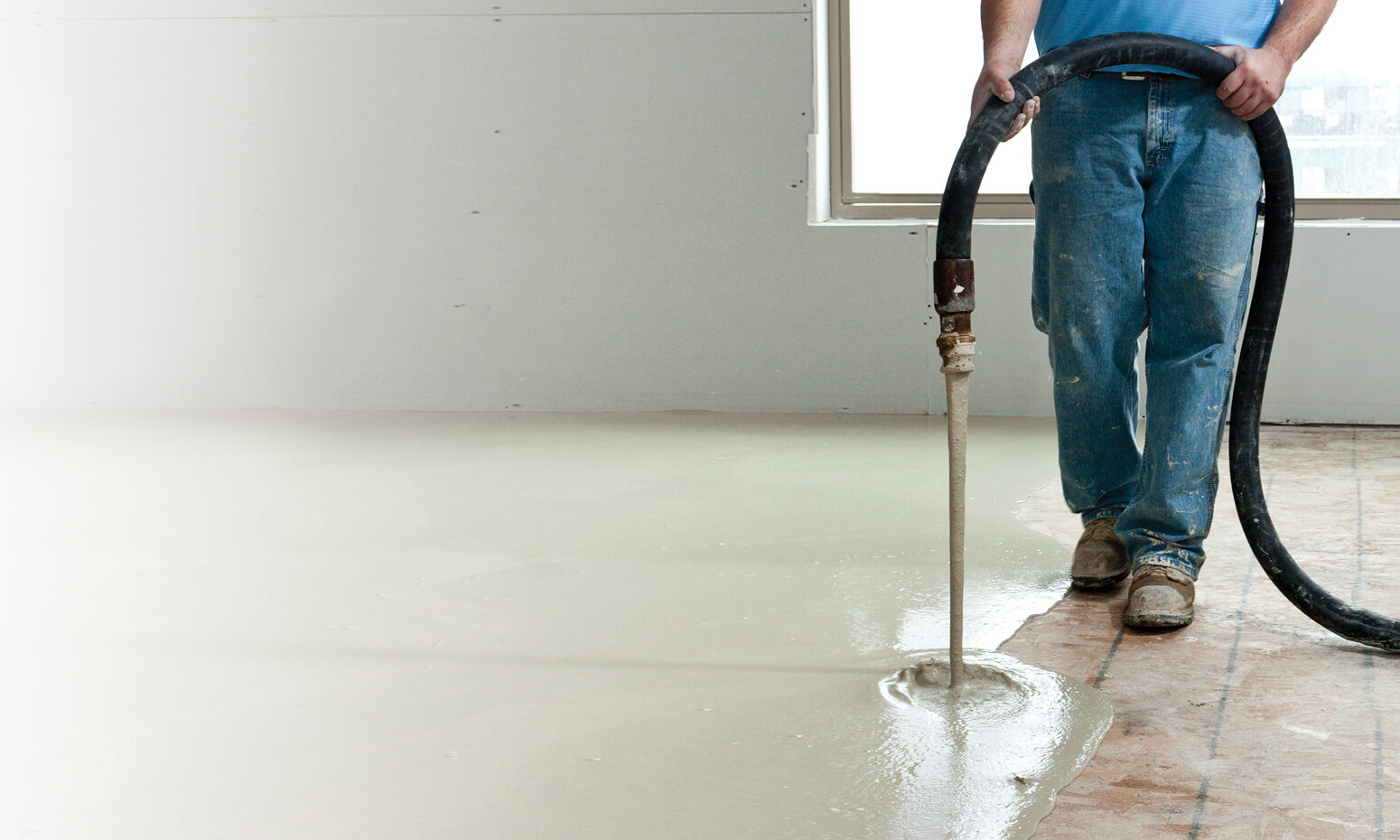If you want to remodel your floors, gypsum underlayment offers an even foundation that improves the appearance and function of new flooring. This material works effectively on various types of flooring, creating surfaces that serve you for a long period. Here’s how gypcrete works as an underlayment in homes and commercial properties:
Levels Floors
If your floors have noticeable dips, pour a layer of gypcrete to level them out. Before using this material on the subfloor, clean the surface to remove any dirt, debris, or dust that could prevent it from sticking. After pouring the material, allow it to dry fully and restrict foot traffic that interferes with the curing process.
Gypcrete layers provide a smooth and stable surface for a variety of floors, such as tile, hardwood, laminate, vinyl, and carpet. A flat floor is visually appealing, prevents premature wear and tear, and minimizes tripping hazards. Smooth, level floors are easier to clean and maintain because they don’t have cracks where dirt collects.
Reduces Sound Transmission
Gypsum underlayment is more compact than wood or lightweight concrete, which helps to block and absorb sound passing through the floors. This product also dampens impact noise from footsteps or other activities on the surface, preventing it from traveling as easily to lower floors. By pouring gypsum concrete, you create a seamless surface that reduces sound transmission. Throughout the pouring and curing process, contractors monitor the material for any signs of settling or shrinkage that could lead to gaps and will adjust the material to attain a uniform surface.
A layer of gypsum traps sound waves and effectively separates workspaces and living areas. This is useful in multi-storied buildings or condominiums where excess noise from the adjacent units or the floors above or below is a concern. Gypsum concrete is high in sound and impact noise ratings, which is required to meet building code rules. This provides a quieter indoor atmosphere for commercial and residential occupants.
Enhances Energy Efficiency
When used as an underlayment, gypsum-based materials distribute heat from underfloor heating systems, conserving energy. Gypcrete stores and releases heat slowly, which helps attain comfortable indoor temperatures. It absorbs excess heat during warm periods and releases it when temperatures cool down, reducing the need for constant heating or cooling.
Homeowners can save money on utility costs by lowering the demand to use heating and cooling equipment continuously. Applying gypcrete to large, open spaces reduces heat loss through floors by minimizing gaps that are common in sectioned surfaces. By eliminating areas where heat escapes, your living space can have minimal cold spots during the winter.
Boosts Safety
Gypsum, the main component of gypcrete, is fire-resistant because of its chemical makeup. This substance doesn’t catch fire easily or produce harmful smoke or gases when exposed to flames. Gypsum absorbs heat during a fire. This helps slow down the spread of flames and keeps the temperature lower in the surrounding areas.
By suppressing smoke, gypsum offers enough time to evacuate people in a building during a fire. As a protective barrier, this product can help minimize damage to homes or properties in an emergency. Sealing around the edges during installation prevents fire from bypassing the underlayment and reaching underlying materials. Inspecting the underlayment and fixing gaps before installing other flooring materials helps it withstand fire effectively.
Buy Quality Gypcrete
When buying gypsum concrete, choose a trusted supplier known for quality materials. With the right underlayment, your floors can create a quieter space, preserve energy, and complement the interior design. Professional contractors have the experience to install gypcrete properly. Call a reputable underlayment company today to learn more about installing a gypsum floor layer.


